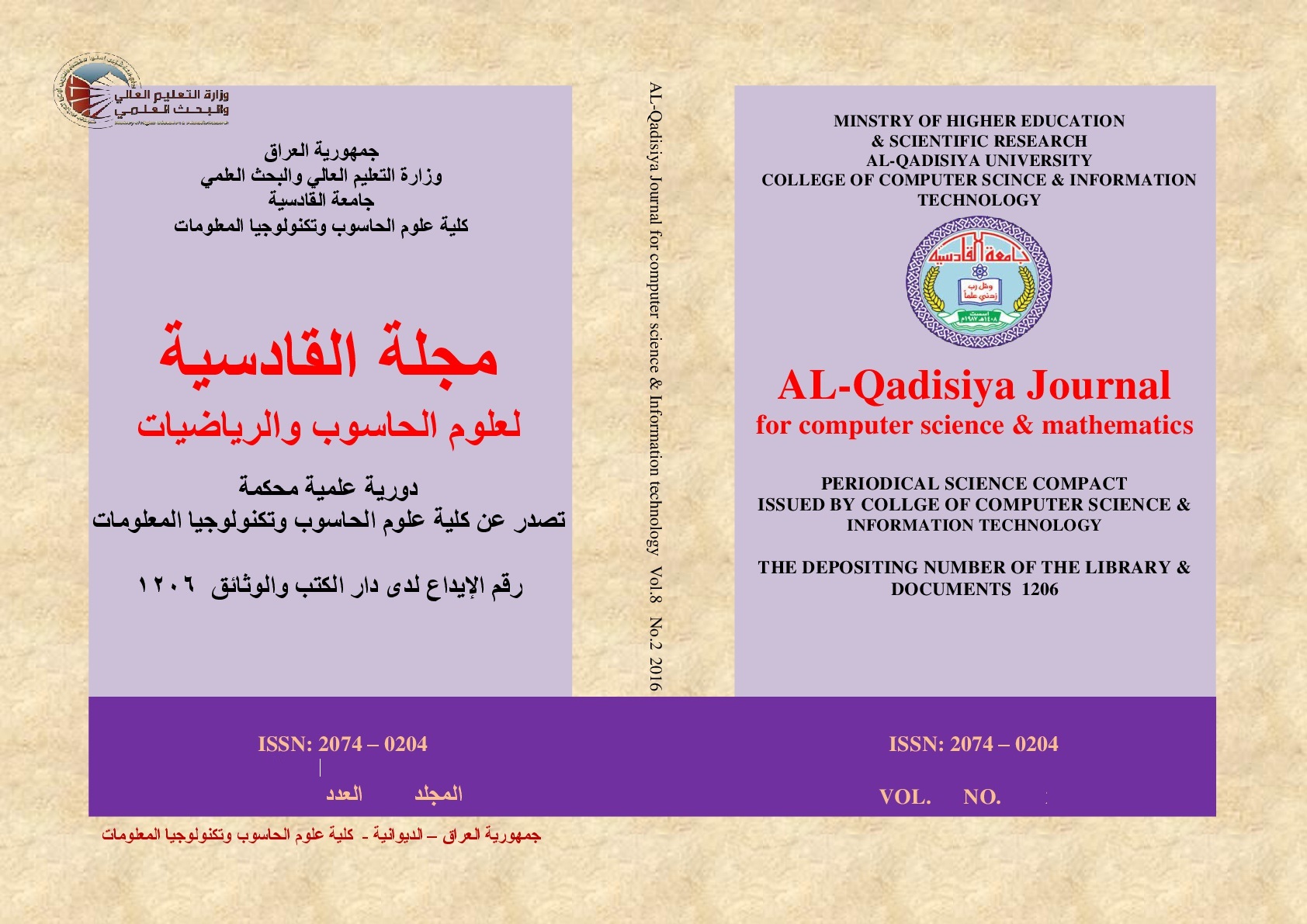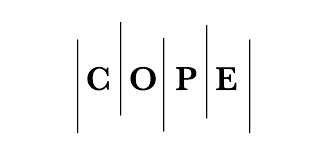Toward a Trustworthy and Interoperable Metaverse: A Systematic Review of Blockchain-Based Enhancements
DOI:
https://doi.org/10.29304/jqcsm.2025.17.32368Keywords:
Blockchain, metaverse, security, cross chain protocolsAbstract
The integration of blockchain technology with the metaverse has the potential to revolutionize online interaction by enabling secure, trustworthy, and interoperable virtual environments. This systematic literature review (SLR) explores how blockchain technologies can address fundamental challenges within the metaverse, particularly concerning security, trust, and interoperability. Eighteen research articles published between 2020 and 2025 were examined from top academic databases and grouped into three main topics: security methods using blockchain, systems for decentralized trust, and protocols for working across different platforms. The results show that blockchain's decentralization, immutability, and cryptographic foundations enable robust authentication, secure data exchange, and trustless identity systems. Additionally, blockchain facilitates seamless integration between diverse metaverse platforms through smart contracts, cross-chain protocols, and tokenized assets. Despite significant promise, challenges such as computational overhead, real-world deployment limitations, and lack of standardization persist. This review offers a consolidated foundation for ongoing research and proposes directions for integrating blockchain into scalable and reliable metaverse ecosystems.
Downloads
References
H. Meng, J. Ding, H. Wang, Z. Zhang, X. Yao, and H. Ning, “Blockchain Enabled Metaverse: Development and Applications,” Tsinghua Sci. Technol., vol. 30, no. 4, pp. 1552–1582, Aug. 2025, doi: 10.26599/TST.2024.9010054.
H. Wang et al., “A Survey on the Metaverse: The State-of-the-Art, Technologies, Applications, and Challenges,” IEEE Internet Things J., vol. 10, no. 16, pp. 14671–14688, Aug. 2023, doi: 10.1109/JIOT.2023.3278329.
B. Jin, H. Kuang, and X. Li, “Blockchain Application in Metaverse: A Review,” Apr. 16, 2025, arXiv: arXiv:2504.11730. doi: 10.48550/arXiv.2504.11730.
T. Huynh-The et al., “Blockchain for the metaverse: A Review,” Future Generation Computer Systems, vol. 143, pp. 401–419, Jun. 2023, doi: 10.1016/j.future.2023.02.008.
S.-M. Park and Y.-G. Kim, “A Metaverse: Taxonomy, Components, Applications, and Open Challenges,” IEEE Access, vol. 10, pp. 4209–4251, 2022, doi: 10.1109/ACCESS.2021.3140175.
M. Elsadig, M. A. Alohali, A. O. Ibrahim, and A. W. Abulfaraj, “Roles of Blockchain in the Metaverse: Concepts, Taxonomy, Recent Advances, Enabling Technologies, and Open Research Issues,” IEEE Access, vol. 12, pp. 38410–38435, 2024, doi: 10.1109/ACCESS.2024.3367014.
V. T. Truong, L. Le, and D. Niyato, “Blockchain Meets Metaverse and Digital Asset Management: A Comprehensive Survey,” IEEE Access, vol. 11, pp. 26258–26288, 2023, doi: 10.1109/ACCESS.2023.3257029.
M. Hatami, Q. Qu, Y. Chen, H. Kholidy, E. Blasch, and E. Ardiles-Cruz, “A Survey of the Real-Time Metaverse: Challenges and Opportunities,” Future Internet, vol. 16, no. 10, p. 379, Oct. 2024, doi: 10.3390/fi16100379.
A. Qayyum et al., “Secure and Trustworthy Artificial Intelligence-Extended Reality (AI-XR) for Metaverses,” 2022, doi: 10.48550/ARXIV.2210.13289.
A. D. Samala et al., “Metaverse Technologies in Education: A Systematic Literature Review Using PRISMA,” Int. J. Emerg. Technol. Learn., vol. 18, no. 05, pp. 231–252, Mar. 2023, doi: 10.3991/ijet.v18i05.35501.
“Applying Digital Twins in Metaverse- User Interface, Security and Privacy Challenges[#1072189]-2248394.”
S. Mihai et al., “Digital Twins: A Survey on Enabling Technologies, Challenges, Trends and Future Prospects,” IEEE Commun. Surv. Tutorials, vol. 24, no. 4, pp. 2255–2291, 2022, doi: 10.1109/COMST.2022.3208773.
H. Jeon, H. Youn, S. Ko, and T. Kim, “Blockchain and AI Meet in the Metaverse,” in Blockchain Potential in AI, T. M. Fernández-Caramés and P. Fraga-Lamas, Eds., IntechOpen, 2022. doi: 10.5772/intechopen.99114.
K. Li et al., “When Internet of Things Meets Metaverse: Convergence of Physical and Cyber Worlds,” IEEE Internet Things J., vol. 10, no. 5, pp. 4148–4173, Mar. 2023, doi: 10.1109/JIOT.2022.3232845.
A. Patra, A. Pandey, V. Hassija, V. Chamola, and R. P. Mishra, “A Survey on Edge Enabled Metaverse: Applications, Technological Innovations, and Prospective Trajectories Within the Industry,” IEEE Access, vol. 12, pp. 125125–125144, 2024, doi: 10.1109/ACCESS.2024.3452184.
Y. Fu, C. Li, F. R. Yu, T. H. Luan, P. Zhao, and S. Liu, “A Survey of Blockchain and Intelligent Networking for the Metaverse,” IEEE Internet Things J., vol. 10, no. 4, pp. 3587–3610, Feb. 2023, doi: 10.1109/JIOT.2022.3222521.
S. Banaeian Far, A. Imani Rad, and M. Rajabzadeh Asaar, “Blockchain and its derived technologies shape the future generation of digital businesses: a focus on decentralized finance and the Metaverse,” Data Science and Management, vol. 6, no. 3, pp. 183–197, Sep. 2023, doi: 10.1016/j.dsm.2023.06.002.
T. Hennig-Thurau, D. N. Aliman, A. M. Herting, G. P. Cziehso, M. Linder, and R. V. Kübler, “Social interactions in the metaverse: Framework, initial evidence, and research roadmap,” J. of the Acad. Mark. Sci., vol. 51, no. 4, pp. 889–913, Jul. 2023, doi: 10.1007/s11747-022-00908-0.
Y. Wu, A. Yi, C. Ma, and L. Chen, “Artificial intelligence for video game visualization, advancements, benefits and challenges,” MBE, vol. 20, no. 8, pp. 15345–15373, 2023, doi: 10.3934/mbe.2023686.
H. Raad and F. K. M. Rashid, “The Metaverse: Applications, Concerns, Technical Challenges, Future Directions and Recommendations,” IEEE Access, vol. 11, pp. 110850–110861, 2023, doi: 10.1109/ACCESS.2023.3321650.
Downloads
Published
How to Cite
Issue
Section
License
Copyright (c) 2025 Muhammed Abdulkhaliq Naseef, Ahmed Chalak Shakir

This work is licensed under a Creative Commons Attribution-NonCommercial-NoDerivatives 4.0 International License.













